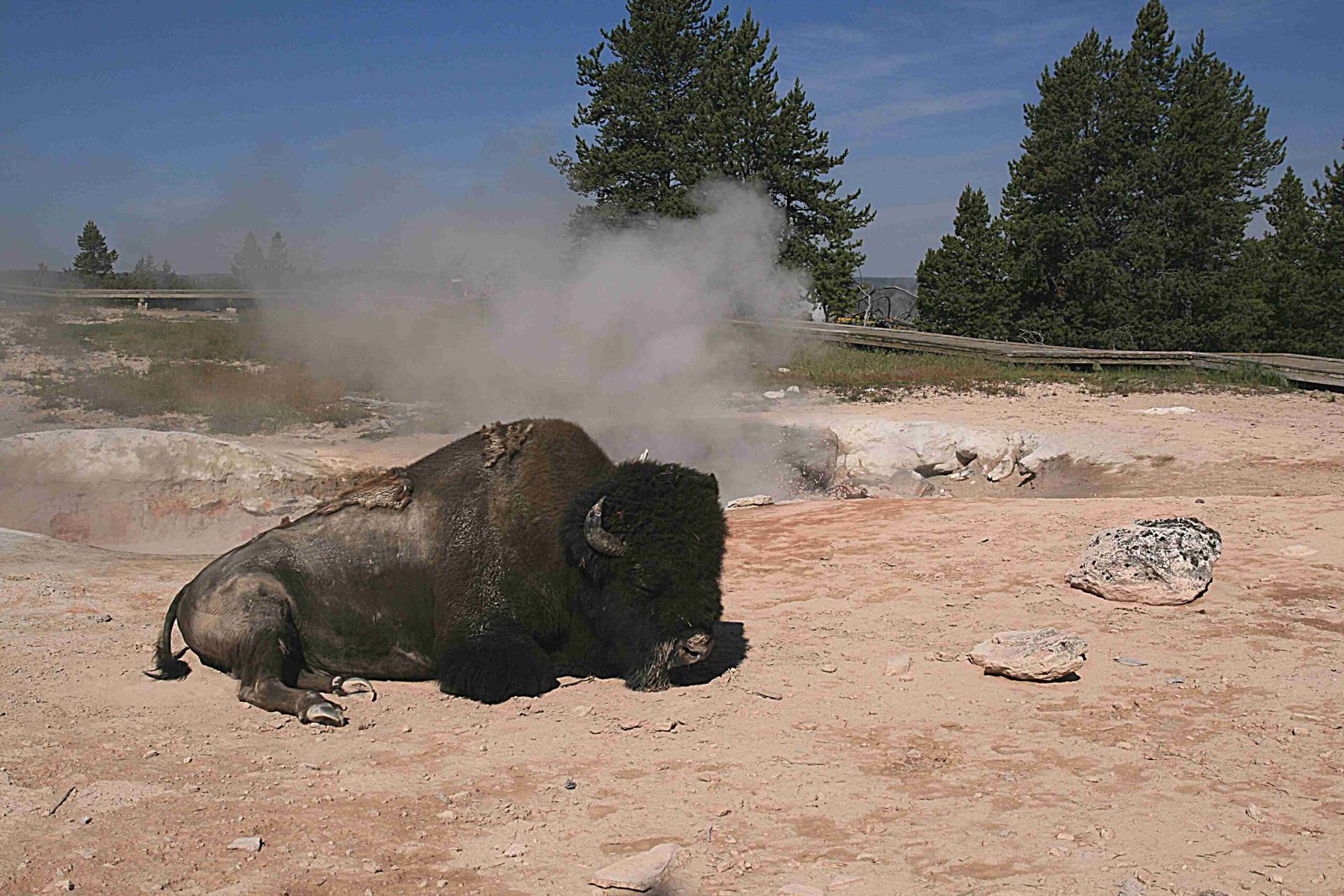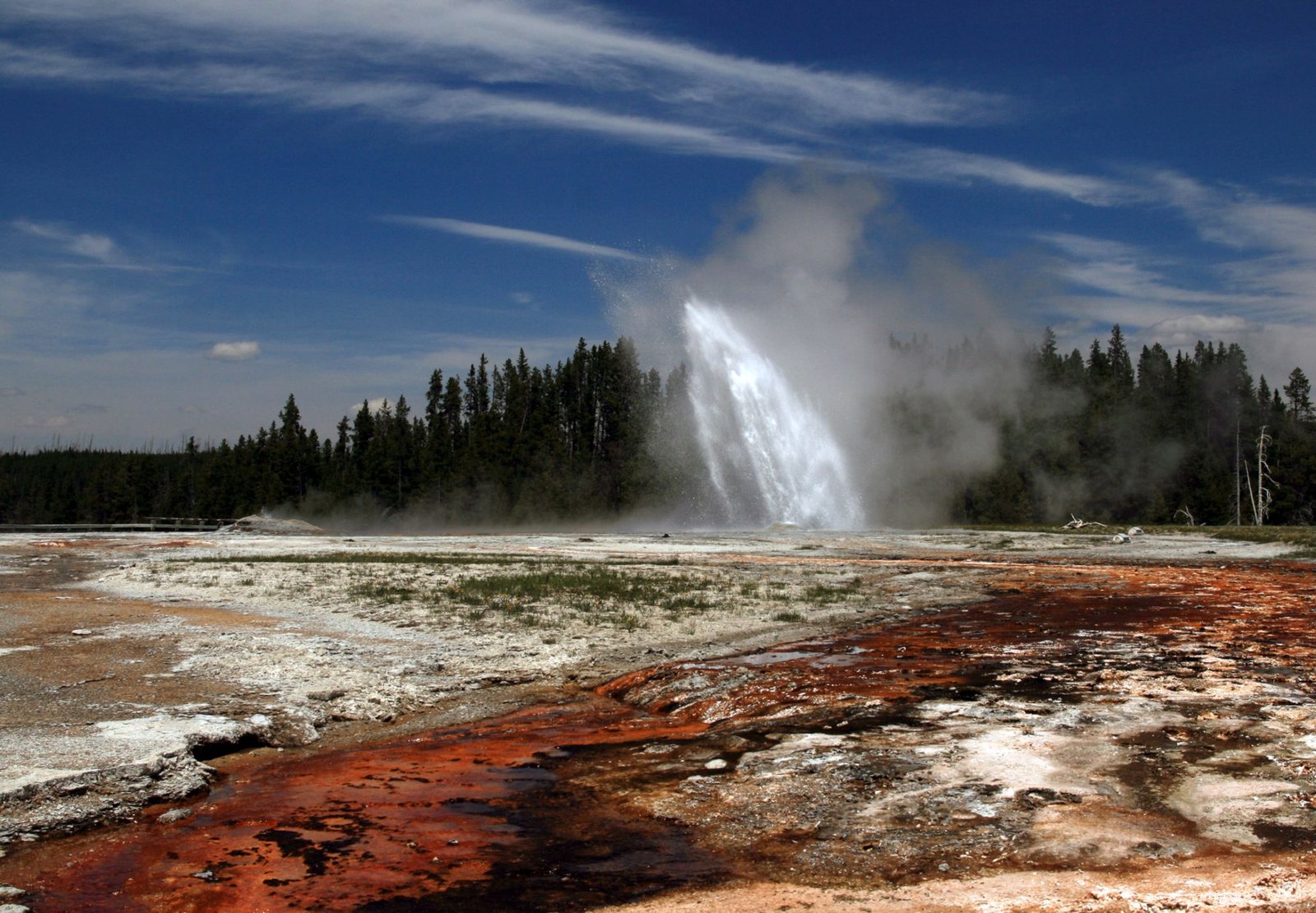Yellowstone National Park, renowned for its geothermal features and diverse ecosystems, is often considered a prime example of natural conservation. The park’s unique characteristics and management practices align closely with UNESCO’s Biosphere Reserve criteria. This article examines Yellowstone’s qualifications, exploring its ecological significance, biodiversity, conservation strategies, and sustainable development initiatives to determine if it meets the stringent requirements of a Biosphere Reserve.
What Are the Key Criteria for UNESCO Biosphere Reserve Status?

UNESCO Biosphere Reserves must meet specific criteria to achieve and maintain their status. These include:
- Ecological significance
- High biodiversity
- Effective conservation strategies
- Sustainable development initiatives
- Research and education programs
Let’s examine how Yellowstone National Park measures up to these criteria.
How Does Yellowstone’s Ecological Significance Compare to Biosphere Reserve Standards?

Yellowstone National Park stands out as an exemplar of ecological significance:
- It encompasses one of the largest intact ecosystems in the northern temperate zone.
- The park features unique geothermal features, including the world’s largest concentration of geysers.
- Yellowstone provides unparalleled opportunities for studying large-scale wildland ecosystem processes.
These characteristics align perfectly with the ecological significance required for Biosphere Reserve status.
What Is the Extent of Yellowstone’s Biodiversity?
Biodiversity is a crucial factor in Biosphere Reserve designation. Yellowstone boasts impressive biodiversity metrics:
| Category | Number of Species |
|---|---|
| Plants | 1,386+ native taxa |
| Birds | 341 species |
| Mammals | 81 species |
| Fish | 19 species |
| Amphibians | 11 species |
| Reptiles | 10 species |
Notable wildlife populations include:
- One of North America’s largest elk herds
- The largest free-roaming, wild bison herd in the United States
- One of the few grizzly bear populations in the contiguous U.S.
This rich biodiversity strongly supports Yellowstone’s qualifications as a Biosphere Reserve.
How Effective Are Yellowstone’s Conservation Strategies?
Yellowstone employs various conservation strategies that align with Biosphere Reserve requirements:
- Minimal human intervention: The park allows natural processes to occur with limited interference.
- Fire management: Natural forest fires are permitted to maintain ecosystem balance.
- Collaborative management: The Greater Yellowstone Coordinating Committee (GYCC) ensures coordinated protection of the broader ecosystem.
- Inventory and Monitoring program: Tracks the health of park resources through “vital signs.”
- Species restoration: Successful reintroduction of gray wolves has positively impacted ecosystem functions.
These strategies demonstrate Yellowstone’s commitment to conservation, a key aspect of Biosphere Reserve status.
What Sustainable Development Initiatives Does Yellowstone Implement?
Sustainable development is a crucial component of Biosphere Reserves. Yellowstone addresses this through:
- Managed use areas: Only about 2% of the park is developed, with strict conservation regulations.
- Ecotourism: The park supports environmental education and sustainable recreation.
- Visitor facilities: Designed to minimize impact on the natural environment while promoting engagement.
These initiatives showcase Yellowstone’s balance between conservation and sustainable use, aligning with Biosphere Reserve principles.
How Does Yellowstone Support Research and Education?
Research and education are vital aspects of Biosphere Reserves. Yellowstone excels in this area:
- The park serves as a living laboratory for scientific research on ecosystem processes.
- Educational programs are offered to visitors, promoting environmental awareness.
- Collaboration with universities and research institutions facilitates ongoing studies.
This commitment to research and education further strengthens Yellowstone’s qualifications as a Biosphere Reserve.
What Challenges Does Yellowstone Face in Meeting Biosphere Reserve Criteria?
Despite its strengths, Yellowstone faces some challenges:
- Invasive species: Particularly lake trout, which threaten native fish populations.
- Climate change: Potential impacts on the park’s ecosystems and species.
- Balancing tourism and conservation: Managing high visitor numbers while preserving the natural environment.
However, the park’s management plans include strategies to address these issues, demonstrating adaptability crucial for Biosphere Reserve status.
Does Yellowstone National Park Ultimately Qualify as a Biosphere Reserve?
Based on the evidence presented, Yellowstone National Park meets and often exceeds the qualifications for a UNESCO Biosphere Reserve:
- It demonstrates exceptional ecological significance.
- The park boasts high biodiversity across various species groups.
- Yellowstone implements effective conservation strategies and sustainable development initiatives.
- The park supports extensive research and education programs.
While challenges exist, Yellowstone’s management approaches these proactively. Therefore, Yellowstone National Park not only meets but exemplifies the qualifications of a Biosphere Reserve.
